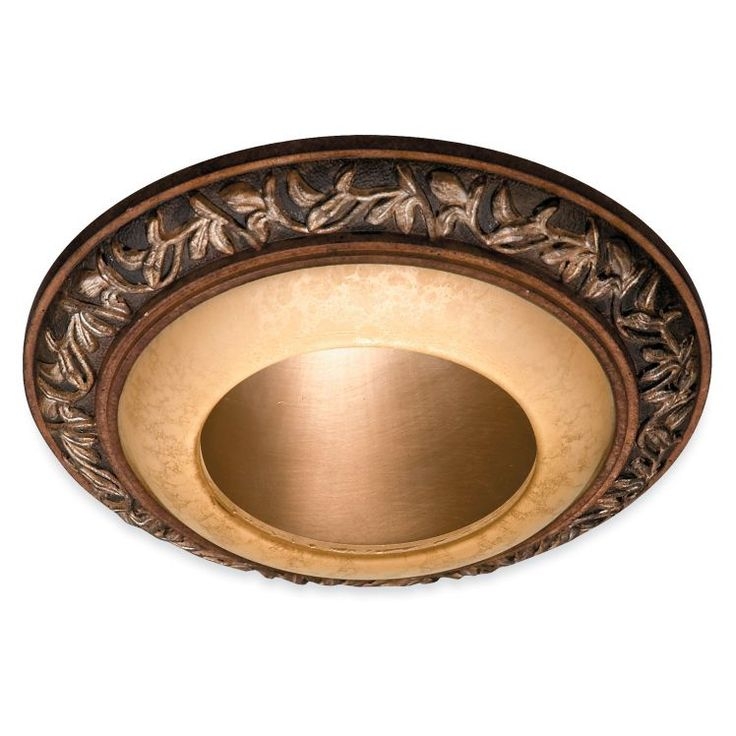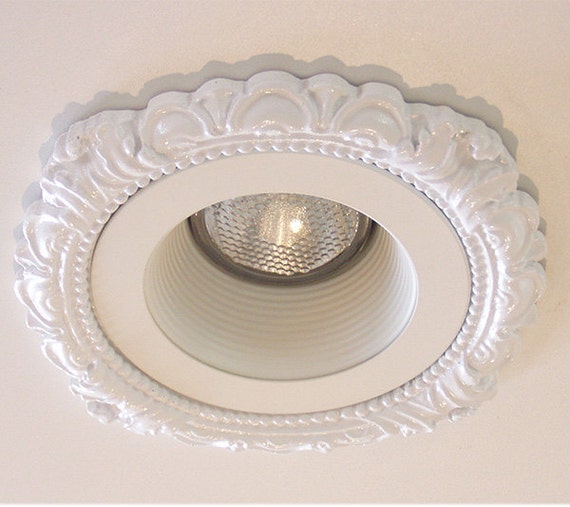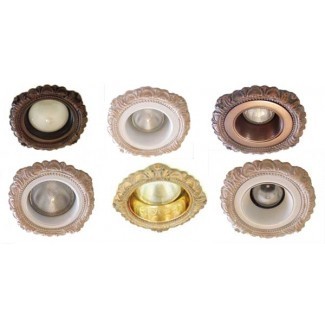Welcome to the world of recessed lighting decorative! If you’re looking to enhance your home’s ambiance while maintaining a sleek look, recessed lighting can be your best friend. As an SEO expert with a passion for interior design, I’ve dived deep into the realm of lighting to bring you a comprehensive guide on how to utilize recessed lighting effectively. From personal experiences to professional insights, here’s everything you need to know about this versatile lighting option.
Understanding Recessed Lighting Decorative
Recessed lighting, often referred to as can lights or downlights, is a type of lighting fixture that is installed into a hollow opening in the ceiling. This allows the light to provide illumination without taking up space or interrupting the decor of the room. Decorative recessed lighting emphasizes style and function, providing not just light but also enhancing the design of your areas.
Benefits of Using Recessed Lighting
| Benefit | Description |
|---|---|
| Space-saving | Perfect for low ceilings and smaller rooms, recessed lights save space while providing ample illumination. |
| Versatile Styles | Available in various designs and finishes, recessed lights can suit any decor style, from modern to classic. |
| Focused Lighting | They can be directed to highlight specific areas or features within a room. |
| Improved Aesthetics | Creates a clean, uncluttered look by hiding the fixture in the ceiling. |

Types of Recessed Lighting Fixtures
1. Standard Recessed Lights
Standard recessed lights are the most common type. They offer a wide range of bulbs, from incandescent to LED, allowing for energy efficiency along with brightness control.

2. Adjustable Recessed Lights
These fixtures can be angled to direct light exactly where you want it, making them ideal for highlighting paintings or architectural features.
3. Wall Washers
Wall washers provide broad illumination across a wall, creating an inviting atmosphere by highlighting textures and colors.

4. Eyeball Lights
Similar to adjustable lights, eyeball lights can be tilted and rotated, allowing for versatile light placement and effects.
How to Choose the Right Recessed Lighting for Your Home

Choosing the right recessed lighting decorative for your home requires careful consideration. Here are some tips from my personal experience:
1. Determine Purpose and Placement
Consider what you want to achieve with your lighting. Are you looking to create a cozy reading nook, highlight artwork, or provide functional lighting for a workspace? Your objectives will guide your placement.

2. Measure Your Space
Understanding the size and height of your room is crucial. For instance, in a small room, you might opt for smaller fixtures to avoid overwhelming the space.
3. Choose the Right Trim
The trim of a recessed light can drastically change the aesthetic. Here are a few common trims:

- Open Trim: The light is exposed, providing a bright, direct light.
- Reflector Trim: A polished surface that reflects light, useful for reducing glare.
- Baffle Trim: Designed to reduce glare by absorbing some of the light.
4. Select Appropriate Bulbs
LEDs are gaining popularity due to their energy efficiency and longevity. Ensure your bulbs have the right lumens (brightness) and color temperature to match your room’s vibe.
Design Ideas for Using Recessed Lighting Decorative
1. Highlight Architectural Features
One of the best ways to utilize recessed lighting is by accentuating architectural details such as vaulted ceilings, beams, or alcoves.
2. Create Layers of Light
Combine recessed lighting with other light sources, such as floor lamps and wall sconces, to create a layered lighting effect.
3. Task Lighting in Workspaces
In kitchens or home offices, recessed lights directly above work surfaces provide essential task lighting without the clutter of lamps.
4. Use Dimmer Switches
Dimming options allow you to easily adjust the ambiance of your space, making it suitable for various occasions.
Installation Tips for Recessed Lighting
While it can be tempting to tackle the installation of recessed lighting as a DIY project, hiring professionals is often the best route. However, if you’re set on doing it yourself, here are some tips:
1. Planning Your Layout
Before making any cuts, plan your layout on paper. Measure the distance between each light and the wall to ensure even spacing.
2. Use a Template
Creating a template out of cardboard can help visualize how the lights will look in the ceiling before you make any permanent changes.
3. Safety First
Always turn off the power at the circuit breaker before starting any electrical work to avoid accidents.
4. Follow Local Codes
Ensure that your installation aligns with local electrical codes and regulations to guarantee safety and compliance.
Pros and Cons of Recessed Lighting Decorative
Pros
- Sleek and modern aesthetic
- Flexible in design and placement
- Improves the overall interior ambiance
- Energy-efficient options available
Cons
- Installation can be labor-intensive
- Possibility of glare if not properly positioned
- Requires planning for ceiling structures
- Can be more expensive than traditional lighting
Comparative Analysis of Recessed Lighting Types
| Fixture Type | Advantages | Ideal Usage |
|---|---|---|
| Standard Recessed Lights | Versatile, available in various wattages | General lighting for most rooms |
| Adjustable Recessed Lights | Directional lighting, perfect for highlighting features | Living rooms, galleries, and retail spaces |
| Wall Washers | Creates dramatic effects on walls | Hallways and art display areas |
| Eyeball Lights | Flexible positioning | Rooms with changing decor or highlight needs |
Maintenance and Care for Recessed Lighting
Proper maintenance is essential for keeping your recessed lighting in optimal condition. Here are a few basic tips:
1. Regular Dusting
Dust can accumulate over time, diminishing light output. Use a soft cloth or a vacuum attachment to clean around fixtures regularly.
2. Check Bulbs Periodically
Regularly check your lights to replace any burnt-out bulbs and ensure optimal lighting.
3. Inspect Wiring
If you notice flickering or dim lights, check the connections and wiring. It’s best to consult an electrician for any major issues.
FAQs About Recessed Lighting Decorative
What is the average cost of installing recessed lighting?
The installation cost can range from $100 to $300 per fixture, depending on factors like location, the complexity of the installation, and the type of lighting chosen.
Can I install recessed lighting in a basement?
Yes, recessed lighting is a great choice for basements, as it can provide ample light without taking up space. Just ensure proper moisture management.
What type of bulb should I use for recessed lights?
LED bulbs are highly recommended due to their energy efficiency, longevity, and availability in various color temperatures.
Are recessed lights dimmable?
Yes, many recessed lights are dimmable, but make sure to use compatible dimmer switches for optimal performance.
How far apart should recessed lights be installed?
A general rule of thumb is to space recessed lights about 4 to 6 feet apart for even illumination. However, this can vary based on the height of your ceiling.
Conclusion
Recessed lighting decorative is a fantastic way to enhance your home’s aesthetics while providing functional lighting. By understanding the types, benefits, and installation tips, you can create an inviting atmosphere tailored to your taste and needs. Remember, the right lighting can transform any space, making it not just illuminated but truly inspiring. Happy decorating!